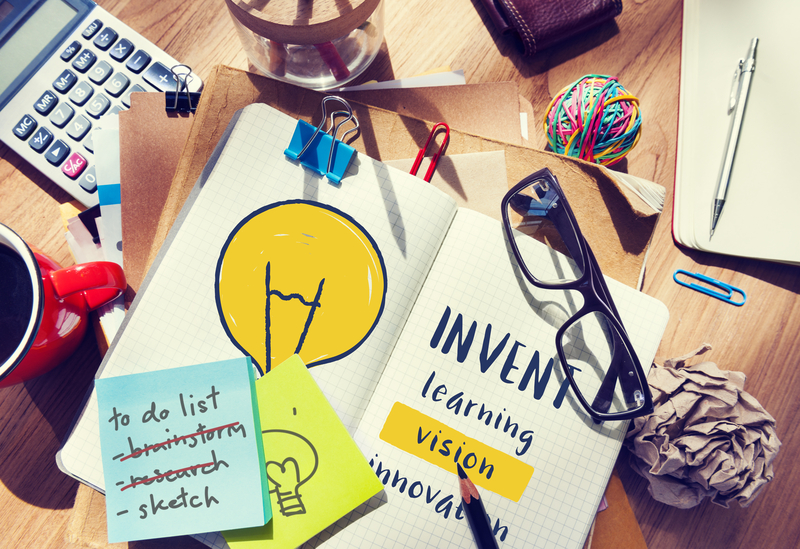Stem Education Certification
The New Standard is STEM Education
In today’s rapidly evolving world, STEM (Science, Technology, Engineering, and Mathematics) education has become a cornerstone of a well-rounded academic foundation. However, a significant gap exists in the quality and accessibility of STEM education across different demographics and regions. This disparity underscores the urgent need to equip educators with the resources, training, and support necessary to bridge this gap and foster a more inclusive and innovative future.
The Current Landscape: Challenges in STEM Education
STEM education faces a multitude of challenges that hinder its effective delivery and impact. These include a shortage of qualified teachers, outdated curricula that fail to capture the dynamism of the STEM fields, and a lack of resources that can make STEM subjects accessible and engaging for all students. Moreover, cultural stereotypes and biases continue to discourage diverse groups of students from pursuing STEM careers, further exacerbating the gap.
Equipping Educators: The Key to Change
The pivotal role of educators in shaping the future of STEM cannot be overstated. By equipping teachers with the latest pedagogical strategies, cutting-edge resources, and ongoing professional development opportunities, we can significantly enhance the quality of STEM education. This involves not just a financial investment in schools and teachers but also a commitment to fostering a culture of continuous learning and innovation among educators.
Innovative Strategies for Empowering Teachers
To effectively bridge the gap in STEM education, innovative strategies must be employed. This includes integrating real-world problem-solving into the curriculum, promoting collaborative learning environments, and leveraging technology to make STEM subjects more engaging and accessible. Additionally, creating partnerships between schools and STEM industries can provide teachers and students with invaluable insights and opportunities.
The gap in STEM education presents both a challenge and an opportunity. By focusing one quipping educators with the tools, training, and support they need, we can transform the landscape of STEM education. This not only benefits students by opening up new pathways to innovation and success but also contributes to the broader societal goal of fostering a more inclusive, skilled, and forward-thinking workforce. The time to act is now, and the future of STEM education depends on our collective efforts.”

